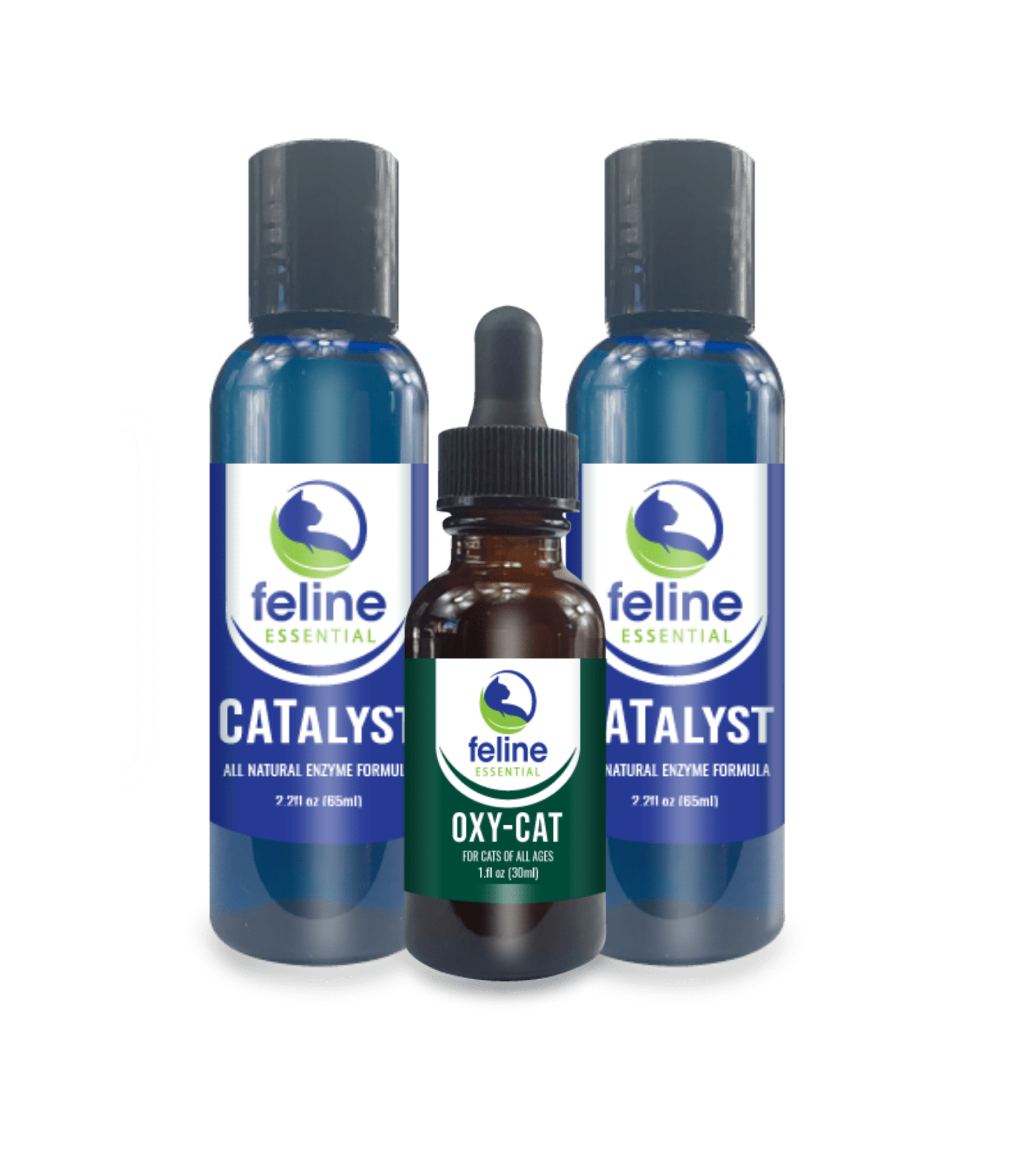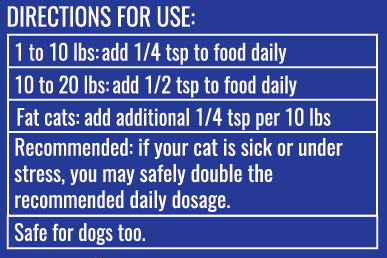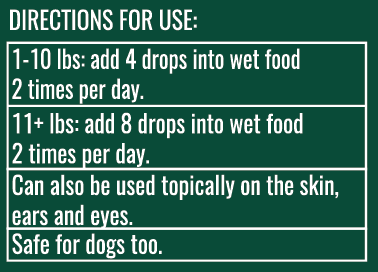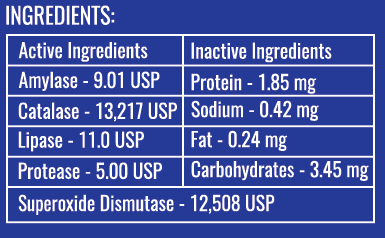Step By Step Guide To Changing Cat Foods
Depending on your cat’s current diet and finicky-ness level, you may fly through or even skip some of these steps. If your cat has only been feed one type of food for an extended period of time, it’s likely that moving through these steps too quickly may cause loose stools. Don’t be alarmed or discouraged. Take the transitioning steps at the pace of your cat. The key is to not give up. Your cat deserves it (even the pickiest of cats deserve to thrive).
Step 1: Stop Free Feeding
For many cats & cat parents, the first step is the hardest. If you are used to feeding your cats an all day buffet, this will be a change in your routine. It will seem less convenient at first. You may be afraid that your cats will starve or be angry, but I assure you that they will not.
Start by picking up the kibble at night before you go to bed. When you wake up in the morning, offer a third of what you typically put into the bowl of food each day. Do this again in the afternoon and/or at night, keeping the feedings somewhat around the same time each day.
You can do this for a few days or a couple of weeks, depending how long it takes you to get used to the new schedule. Your cats will catch on and enjoy the routine quickly.
Step 2: Dry to Wet
Now that your cats are used to their feeding routine, it’s time to introduce a better food option. During feeding time, start offering them wet food instead of dry. Here are different ways to do this. You may use one or all of the tips:
- Offer wet food instead of dry food in morning feeding: Because this is after the longest fasting period, cats are typically most hungry in the morning. Because of this, many cats will take to wet food right away.
- Crush up and sprinkle the dry food on top of the wet food: Some kitties just need the scent of the kibble to associate the new diet as food.
- Mix the wet food into the dry: This is often the most successful way to introduce cats to a new food.
- Place a spoonful of the wet food outside of the dry on the platter: For extra finicky cats, this is a way for the kitty to still get their meal – while smelling the new food. It will help them with association. Slowly you can move the wet food closer to the dry until you are mixing them together.
If using any of the trickery above, slowly reduce the amount of dry food and increase the amount of wet until your cat is eating wet food for every meal.
Pro Tips For Wet Food:
Try upgrading and diversifying the types of wet food you feed. Don’t just feed your cats a fish or chicken based wet food. Mix in some more novel proteins. Try different brands. Starting this from the beginning will help greatly in the next steps.
Step 3: Wet to Fresh
Once your cat is enjoying meals of wet food, now it’s time to start adding some fresh food to the bowl! It’s common sense that fresh food is better for our bodies than processed foods. The same is true for our cats. Whether you choose to offer a balanced gently cooked or raw diet, the process is the same.
Fun side note: The oldest living cat in the world lived to be 38 years old and ate a mixture of processed and fresh food her whole life.
- Mix a spoon of the fresh food in with the wet: Because the textures are similar, most cats are fine with this. Increase the fresh and decrease the canned/wet food over time, depending on the comfort level of your cat.
- Place a spoonful of the fresh food outside the wet: Again, this is for the super finicky kitties and it helps with association. Slowly move the fresh food closer to the wet until they can be mixed together.
- Pour the juices of the canned food on top of the fresh: This tip tends to work really well at transitioning diets faster.
- Place a treat into the fresh food: If your cat is crazy about a certain treat, try placing or crumbling a treat on top to entice them to eat the fresh food.
Step 4: Monitor Eating Habits
Some cats will be fine eating the food one day and reject it the next. This is especially true when you first start adding variety to the diet.
- Be tricky: Sometimes we have to get tricky and add tuna water, cheese or a meat stick on top of the food to entice eating. It’s okay.
- Be okay with taking steps backwards: Our cats have been on a balanced raw food diet since they were just 8 weeks old, and sometimes we have to mix in or sprinkle over some wet food when they start to refuse to eat. It’s okay to take a step backwards… just keep persevering forward eventually.
- Don’t let them starve: Cats aren’t small dogs and it’s not safe for them to go more than a day without food. A fed cat is always better than a starving cat, regardless of what they eat.
- Be confident and prepare their food with Love: Know that you are doing the best thing you can do for your cats by changing their diet. Feel confident when you prepare their meals and they’ll be more likely to receive it with the Love you put into the process.
Conclusion:
There is no average timeframe on how long transitioning diets for cats will take. Go at the pace of each cat and stay persistent with the process. Patience and perseverance pays… you just have to stick with it.
You’ve made a great decision that will affect the overall health and well-being of your cats for the rest of their lives. You will have less vet bills and heartache by feeding a species appropriate diet to your kitties. Thank you for considering your cat’s dietary requirements and opting to offer them the best.




